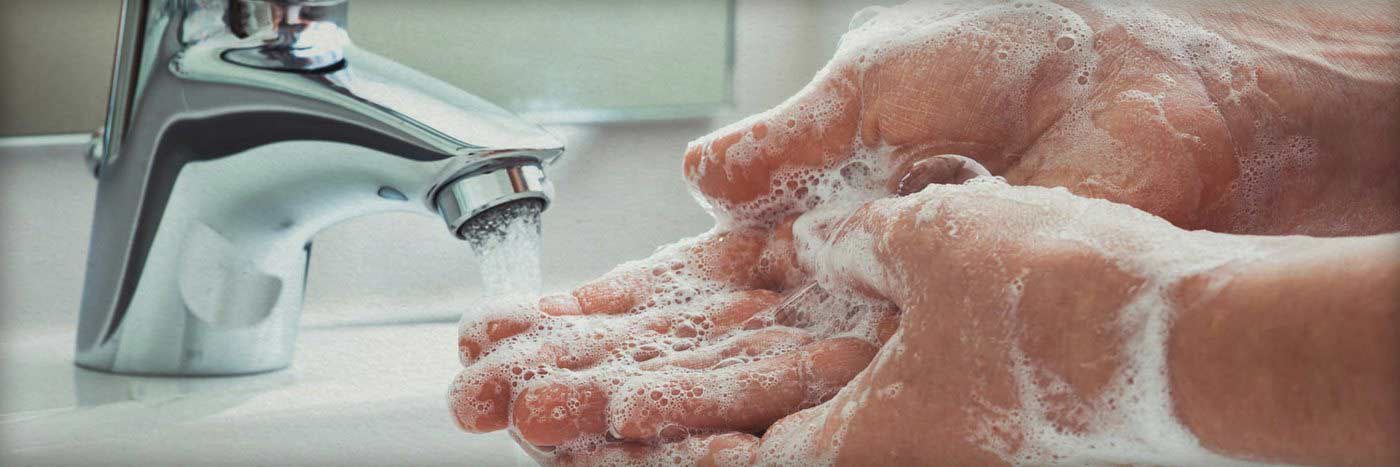How to Remove Spray Foam from Skin


You were finally confident enough in your handyman skills to try spray foam installation yourself, but things didn’t go as well as you planned.
You traveled to the home improvement store, picked up the spray insulation materials, and came home to start the project.
It was going to be easy, of course, just like the home improvement store commercials make every project look. Except it wasn’t.
The spray was misdirected a bit and got everywhere – the walls, some furniture, and, worst of all, your clothes and skin.
Don’t panic.
It will be a pain, that’s for sure, but there’s hope. Most people have no idea how to remove spray foam from the skin, but we have the answers.
RetroFoam of Michigan has more than 17 years of experience installing foam insulation, so it is bound to get somewhere on the installer’s body.
Big sigh. Deep breath. Now let’s get that foam off.
How to Remove Spray Foam Insulation from Skin and Hands
If the spray foam insulation hasn’t dried yet, you’re in luck.
Grab an old rag and moisten it up in acetone. Acetone is a household chemical with a reputation for removing things. Nail polish remover is a totally acceptable substitute, especially if it has acetone in it.
Then just rub, baby rub.
If the spray foam insulation has dried, acetone won’t do the trick, so you’ll have to resort to Plan B.
“Fill a pair of rubber gloves about half full of a solution of water and dish soap,” according to The SF Gate. “Clean your hands and put on the gloves, then tape them around your wrists and leave them on for a few hours. When you remove them, your skin may have softened enough to loosen the bond with the foam.”
Another method to remove spray foam from the skin is to rub a pumice stone over the dried foam insulation. The next step is to apply petroleum jelly to the area, cover it with a glove, and let the jelly soak in. After an hour, take off the glove and wash with warm water and soap.
Commercial solvents are also available, but it is always best to try simple home remedies first to avoid any kind of reactions.
We also took to our YouTube channel and looked at the Foam University episode comments covering this topic. We got some really helpful replies, and then some really funny responses you might find helpful if you find yourself covered in foam.
One commenter said using baby powder on the foam while it's still sticky helps. They just let it dry with the powder on it, and it peels right off. Someone else recommended using a sanding sponge once the foam had dried.
The biggest recommendation people made was making sure to wear rubber gloves when working with DIY spray foam.
"Every label for every product says, "warning: blah blah" - even my deodorant. This can of foam should say, "no, seriously, wear some damn gloves."
An Alternative to DIY Spray Foam
For many small projects going the DIY spray foam method is a great option.
However, if you want to avoid these potential DIY hazards altogether for larger and more complex projects, hiring a professional spray foam insulation contractor compared to a DIY project may be the better choice to successfully get the insulation in your attic, walls, and rim joist – not on your hands.
Related Articles
Do-It-Yourself Insulation Problems: 6 Things That Lead to DIY Nightmares
DIY Spray Foam Insulation Kit Problems
Who are the Best DIY Spray Foam Insulation Kit Manufacturers?
Save

